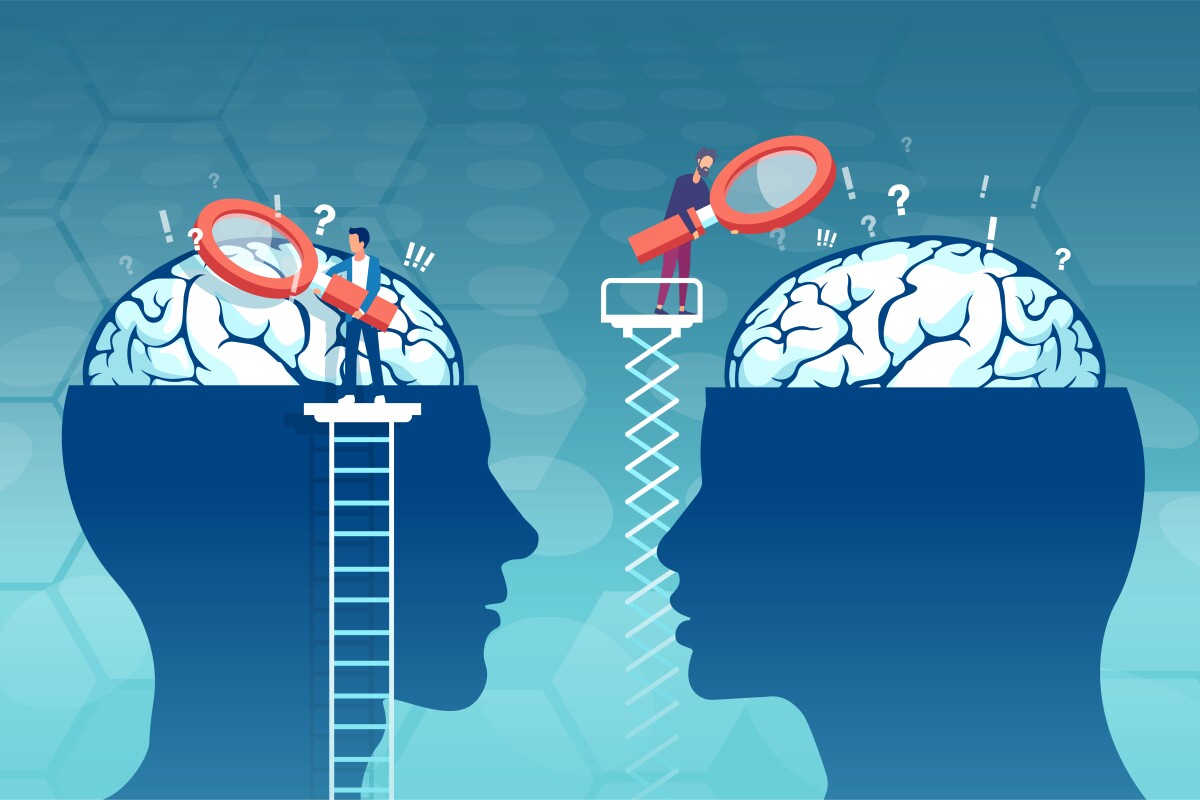
This is also evidence of an external biological agency and we needed to know that. so just how do we isolate any such agent?
I raise this issue because it is not obvious to me that we have gotten much better at figuring this out. Recall stem cells are essentially a recent discovery and should have been conjectured at least by the middle of the nineteenth century. what else have we missed?
So propose agent X. We really have to start somewhere. For alzheimers, it does not bother the rest of the body at all, but then passes the blood brain barrier. It is able to work with our immune system while it does this.
Yet it is randomly acquired and then takes years or decades to emerge. Just like prostate cancer.
Do we actually know what it is, but have simply not recognized it? understand it has a long life cycle inferred.. Is the damage caused by part of its life cycle so that when we go looking, it is gone.
close inspection of thousands of healthy brains are called for. We are missing something.
First evidence of human-to-human transmission of Alzheimer’s disease
By Rich Haridy
January 29, 2024
https://newatlas.com/science/first-evidence-human-to-human-transmission-alzheimers-disease/?
Some patients treated with a type of human growth hormone collected from deceased individuals were found to develop signs of Alzheimer's disease at unusually young ages
A team of researchers at University College London has reported the first-ever clear evidence of human-to-human transmission of Alzheimer’s disease. Across a handful of extraordinarily rare case studies the researchers demonstrated how a human growth hormone treatment transplanted toxic proteins into children and caused the development of early-onset Alzheimer’s.
For about 25 years, from the late 1950s, human growth hormone was sporadically used to treat children with certain physical development problems. Known as c-hGH (cadaver-derived human growth hormone), the hormone was collected from the pituitary glands of deceased people and injected into children with unusually short stature.
Over the years an unexpectedly high percentage of children treated with the growth hormone developed a fatal neurodegenerative condition called Creutzfeldt-Jakob disease. The disease is caused by toxic misfolded proteins, called prions. By 1985 the evidence linking c-hGH to Creutzfeldt-Jakob disease was strong. Researchers discovered some c-hGH samples contained toxic prions and this seeded the neurodegenerative disease in healthy brains. Human-sourced growth hormone was quickly replaced with a safer, synthetic version.
More recently, a team of investigators looking at historic brain tissue samples from growth hormone patients who died of Creutzfeldt-Jakob disease discovered curious signs of Alzheimer’s disease. The deceased patients harbored unusually high deposits of amyloid proteins, a telltale sign of Alzheimer’s disease. So a question emerged: Could Alzheimer's be transmitted from human to human in the same way as other prion diseases?
Because the patients died so young from Creutzfeldt-Jakob disease, it was impossible to tell whether they would have gone on to develop Alzheimer’s. However, a subsequent study did discover that some of the c-hGH samples contained accumulations of amyloid proteins, and animal tests revealed mice administered the contaminated growth hormone developed signs of Alzheimer’s pathology.
So at this point it was plausible to hypothesize human-to-human transmission of Alzheimer’s disease, but the researchers still needed some kind of solid evidence. Here, the team looked at eight patients recently referred to the National Prion Clinic in London with neurological problems. All eeight patients were treated with c-hGH in childhood and were now aged between 38 and 55.
Five of those patients were diagnosed with early-onset dementia but showed no pathological signs of Creutzfeldt-Jakob disease. All five of those patients fit the criteria of an Alzheimer’s diagnosis but importantly showed no signs of a genetic predisposition to an early onset of the disease.
“Here we describe recipients who developed dementia and biomarker changes within the phenotypic spectrum of AD [Alzheimer’s Disease], suggesting that AD, like CJD [Creutzfeldt-Jakob disease], has environmentally acquired (iatrogenic) forms as well as late-onset sporadic and early-onset inherited forms,” the researchers write in a newly published study. “Although iatrogenic AD may be rare, and there is no suggestion that Aβ [amyloid-beta] can be transmitted between individuals in activities of daily life, its recognition emphasizes the need to review measures to prevent accidental transmissions via other medical and surgical procedures.”
Andrew Doig, from the University of Manchester, says the new findings are thorough and careful but he cautions any wider extrapolation from what is essentially just eight incredibly rare cases.
“While the new type of Alzheimer’s reported here is of great scientific interest, as it reveals a new way to spread the disease, there is no reason to fear it, as the way in which the disease was caused was stopped over 40 years ago,” said Doig, who did not work on the new research. “Disease transmission from human brain to brain in this way should never happen again.”
Susan Kohlhaas, from Alzheimer’s Research UK, concurs, suggesting these findings do demonstrate an extraordinarily rare instance of human-to-human transmission of Alzheimer’s but also noting it is unlikely these types of cases are occurring today. Instead, Kohlhaas says the discovery will hopefully help direct researchers toward novel treatments by providing new insights into how this disease progresses.
“There is no evidence to suggest that it can be passed through any other route, such as day-to-day activities or routine medical procedures,” Kohlhaas said. “But this study has revealed more about how amyloid fragments can spread within the brain, providing further clues on how Alzheimer’s disease progresses and potential new targets for the treatments of tomorrow.”
1 comment:
Crazy!!
Post a Comment